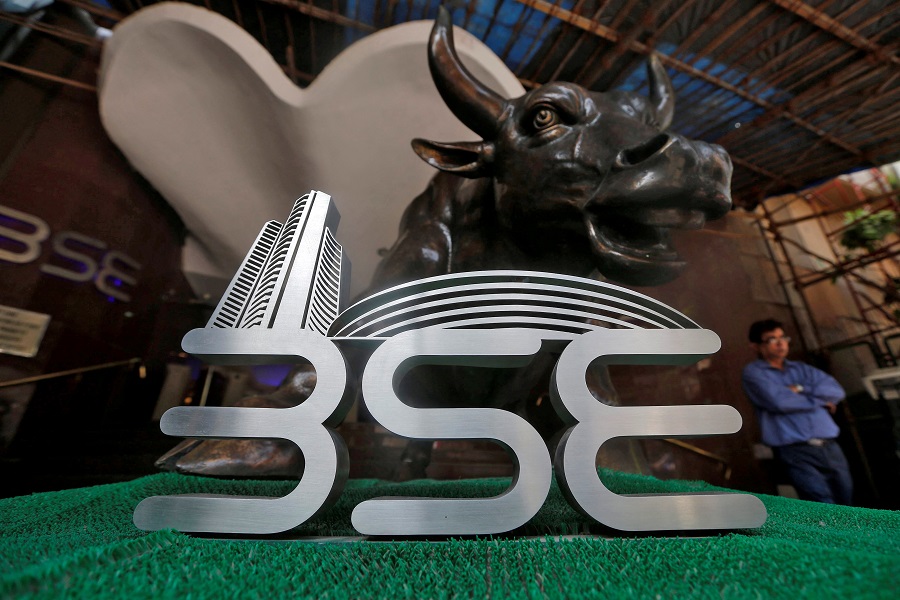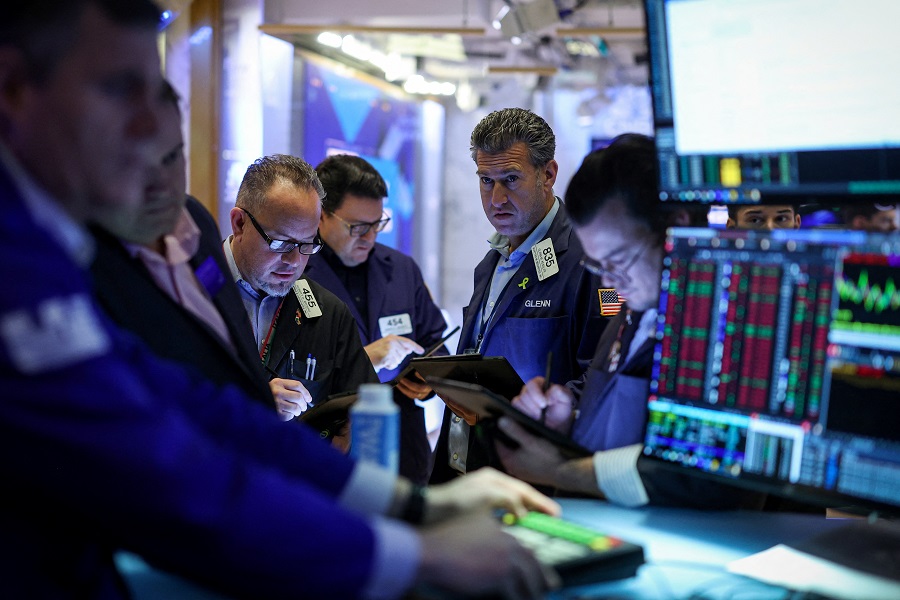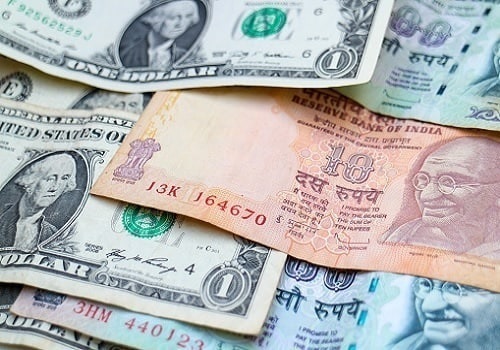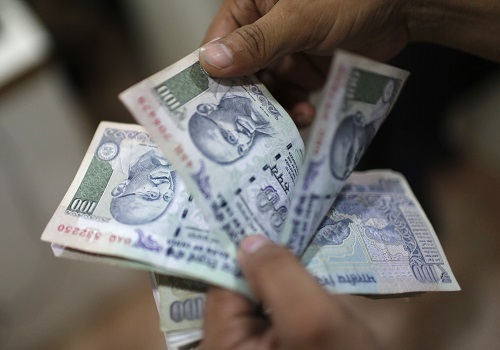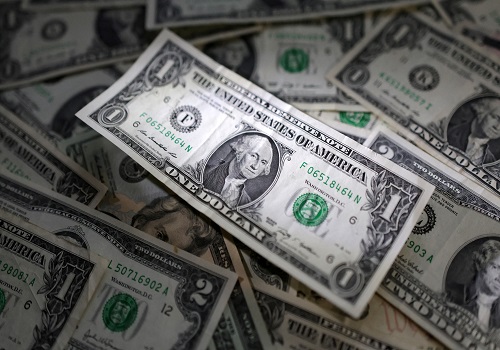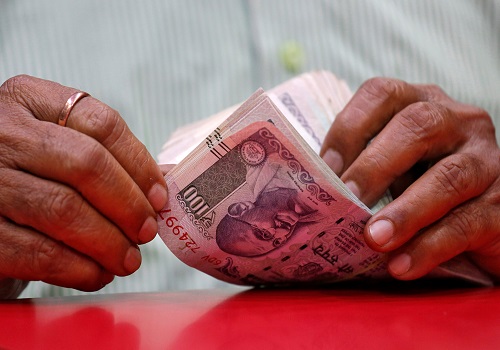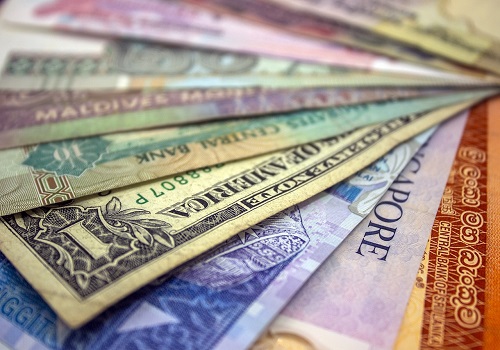Rupee sees worst day in 7 weeks on importers` dollar demand, election risk
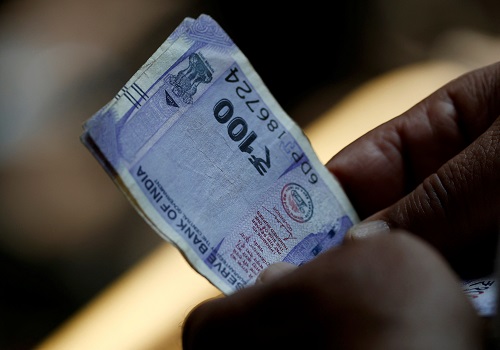
The Indian rupee logged its biggest daily decline against the U.S. dollar in nearly seven weeks on Wednesday, pressured by persistent dollar demand from importers and election-related risks.
The rupee ended at 83.3450, down from 83.1775 in the previous session. It fell 0.2% on Wednesday, its biggest daily fall since April 12.
The recent decline in the rupee has been "exacerbated" by month-end dollar buying by oil importers, said Sugandha Sachdeva, founder of SS WealthStreet, a New Delhi-based research firm.
"Significant uncertainty" looms for the rupee ahead of the impending election outcome, she said, pegging a "strong" support level for the domestic unit at 83.60.
Indian equities struggled in the backdrop of uncertainty around the domestic election results. India's weeks-long general elections end on Saturday, with the ballots set to be counted on June 4.
Analysts see a shock defeat for Prime Minister Narendra Modi as an unlikely event, but fear a market correction - like one witnessed two decades ago - in the event of an 'unclear' mandate.
Ahead of the election outcome, S&P Global Ratings retained India's sovereign rating but raised its outlook to 'positive' from 'stable' citing the South Asian nation's strong economic fundamentals.
Foreign investors have sold about $2.6 billion of Indian equities in May on a net basis so far.
If the rupee breaches 83.60 convincingly, the possibility of a move towards the 84.20 mark cannot be ruled out, Sachdeva said.
Asian currencies were all down on the day, with the 10-year U.S. Treasury yield climbing past 4.50%.
The extent of rate cuts by the Federal Reserve expected in 2024 have declined as compared to earlier in the month, amid inflation remaining high.
Investors await U.S. core April personal consumption expenditure (PCE) data due on Friday, which would help them gauge when the Fed will begin cutting borrowing costs.













